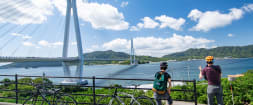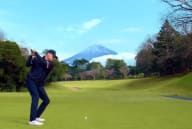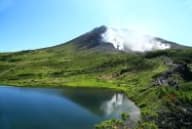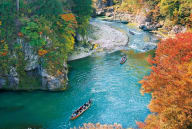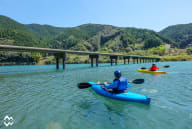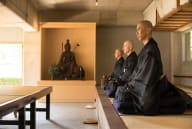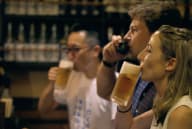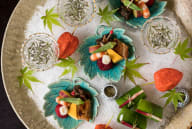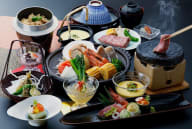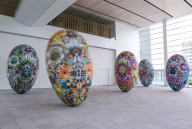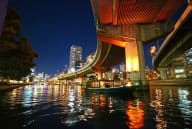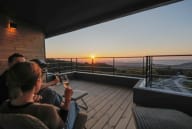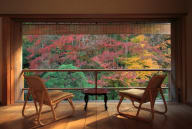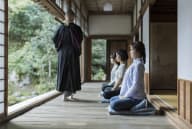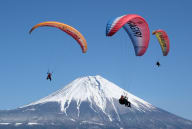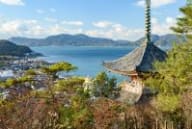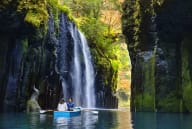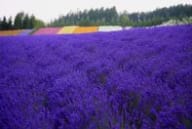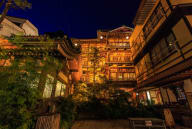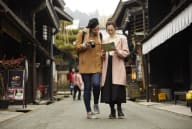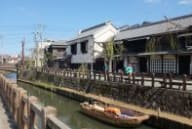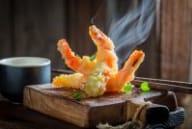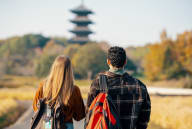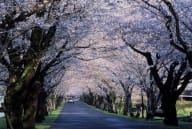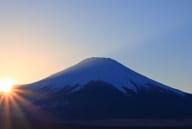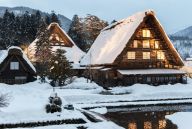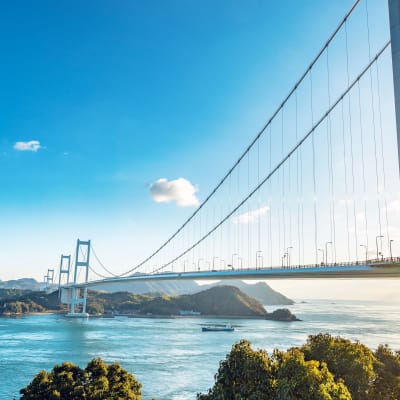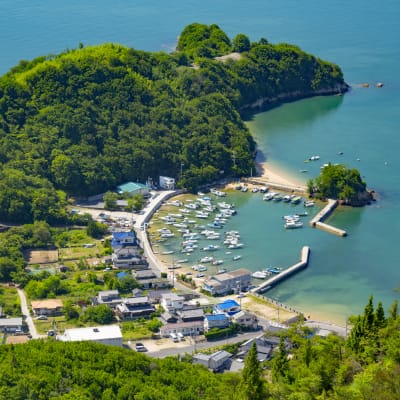Use the
Planning a Trip to Japan?
Share your travel photos with us by hashtagging your images with #visitjapanjp

The Setouchi region encompasses the coastline around the Seto Inland Sea and more than 700 islands. With its mild climate, tranquil beaches, and sparkling blue waters, Setouchi is an ideal destination for those seeking nature and a slower pace of life.
However, this pristine region has faced serious challenges: depopulation, aging communities, and environmental degradation. But through grassroots efforts and innovative partnerships, Setouchi has transformed into a beacon of sustainable revitalization.
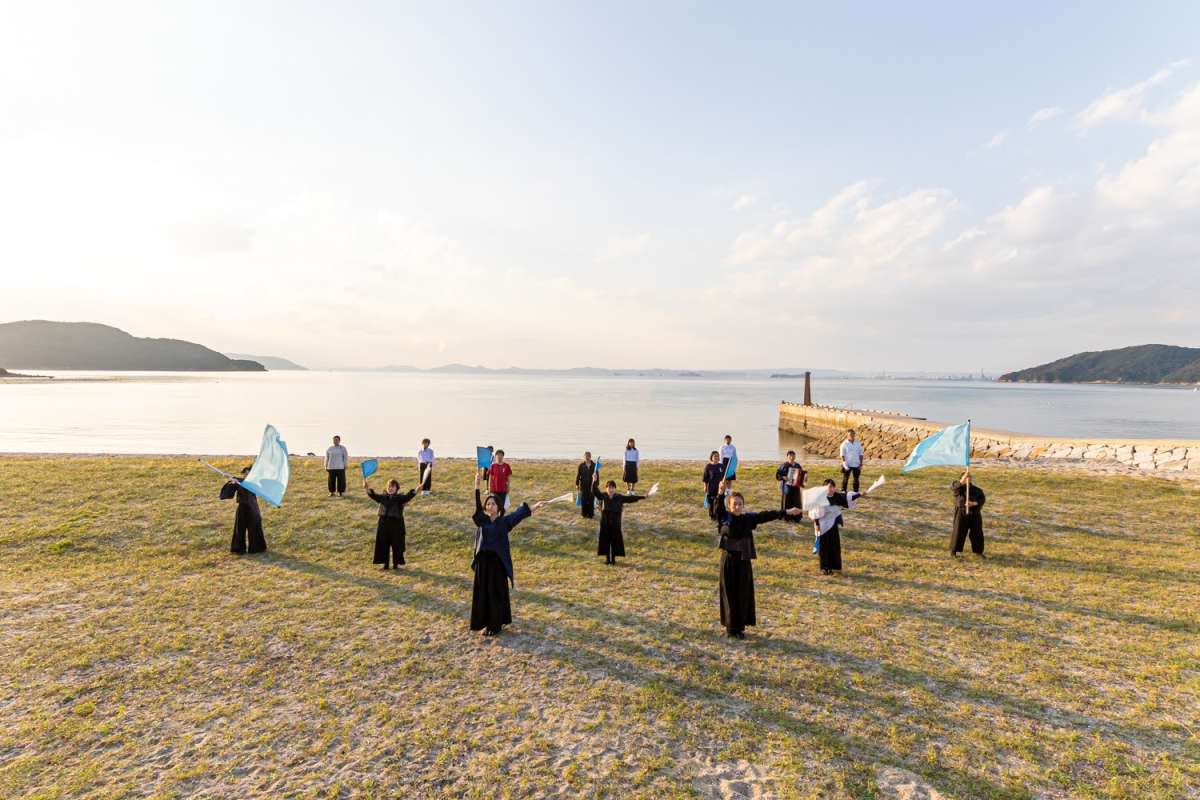
Art has played a powerful role in this rebirth. The Setouchi International Art Triennale, first held in 2010, reimagines abandoned schools, factory ruins, and forgotten landscapes as open-air exhibition spaces. It spans multiple islands and venues, and has sparked new interest in the region while honoring its natural and industrial heritage.
Setouchi’s revival is a collective achievement; a collaboration between citizens, local governments, and private enterprises. This spirit echoes the GREEN×EXPO 2027 subtheme of Co-operation, emphasizing how communities can flourish when diverse forces come together.
Shodoshima Island: Lives intertwined with olives

With its whitewashed Grecian windmill, rolling hills, and sweeping views of the Seto Inland Sea, Shodoshima Olive Park looks like a Mediterranean postcard. But there’s more to this park than just its scenic views—it was the first place in Japan to successfully cultivate olives. Today, Shodoshima Island is the country’s top producer of olives and olive oil.

A stroll through the park reveals one of Japan’s oldest olive trees, a fragrant herb garden, and the Olive Memorial Museum, where visitors can learn about the island’s century-long history of olive cultivation. And as expected on “Olive Island,” the fruit is everywhere: infused into soft serve ice cream, tea, curry, soy sauce, and used in award-winning oils and cosmetics. Olives are an integral part of everyday life. Every part of the tree is used: leaves and branches become compost or livestock feed, while saplings are gifted to celebrate life’s milestones, such as marriages, births, and even school entrance ceremonies.
Shodoshima’s path to becoming Japan’s olive capital hasn’t always been easy. The industry has faced stiff competition from cheaper imports, as well as challenges posed by the island’s aging population. In response, local communities have launched revitalization efforts such as the Olive Top One Project, which focuses on research, training, and sustainable agriculture to preserve Shodoshima’s olive legacy.
Teshima: From “garbage island” to green sanctuary

Terraced rice paddies, groves of citrus, and strawberry bushes make it difficult to believe that Teshima was once dubbed Japan’s “garbage island.” From the late 1970s through the 1990s, the island’s western edge became an illegal dumping ground for thousands of tons of industrial waste, threatening both human and environmental health.

But thanks to 30 years of grassroots movements and governmental action to tackle waste removal and restoration, the island has been reborn into a model of rural regeneration. Today, it produces high-quality strawberries and olive oil and has become a hub for contemporary art. Initiatives such as the Teshima Terraced Rice Field Project have revived traditional rice farming methods, which are now a tourist attraction, while the Olive Fund is working to reforest damaged areas with olive trees. At the art installation Les Archives du Cœur, visitors can record their heartbeat and listen to others’, reminding us of invisible threads that tie us together.
Innovation among the citrus groves of Osakikamijima

Osakikamijima is a tranquil island accessible only by boat. It lies within Hiroshima Prefecture—Japan’s leading lemon-producing region—and is known for a rare variety of lemon so mild and sweet that even its skin can be eaten. A great way to enjoy it is Hiroshima lemon nabe, a light, zesty hotpot packed with seasonal vegetables and meat, and topped with fresh lemon slices.
The region is on the cutting edge of agricultural innovation. Many farms are integrating smart technologies such as sensors to monitor soil moisture, temperature, and plant health. These systems help optimize irrigation and fertilization, reducing waste and enhancing yields. Plans are also underway to incorporate drones, robotics, and IoT solutions into citrus farming.

Sustainability is also an important aspect of the island’s agricultural industry, a standout example being Shiki Farm. In addition to growing citrus, herbs, and vegetables, the farm produces handmade sauces and jams. Even discarded peels and branches are turned into natural dyes, and visitors can participate in dyeing workshops to create colorful coasters and scarves. In Osakikamijima, innovation and tradition are coming together to ensure a sustainable future for agriculture.
Art-led agricultural revitalization on Inujima

Tiny and easily explored on foot, Inujima (Okayama Prefecture) is a small island home to fewer than 50 residents. Though small, it has become a thought-provoking destination thanks to its involvement in the Setouchi Triennale and its innovative approach to eco-conscious living.

Inujima Life Garden is a great example of how Inujima is embracing sustainable horticulture. Designed to reconnect people with nature, the garden features colorful vegetable plots, herb beds, and flower fields. The facilities reflect a low-impact philosophy: composting toilets, a solar-powered greenhouse, and an outdoor kitchen that filters wastewater naturally through layers of soil and gravel. It’s a constant work in progress, growing organically through hands-on involvement and open-ended design.

Nearby, the Inujima Seirensho Art Museum stands as a monument to regeneration. Constructed from the ruins of a former copper refinery, the museum integrates eco-technologies such as plant-based water filtration systems, drawing attention to the possibilities of healing post-industrial landscapes through thoughtful design.
When life takes your lemons, make community wine: Omishima Minnano Winery

Omishima Island, part of the Shimanami Kaido cycling route, is dotted with shrines, citrus orchards, and small fishing villages. It’s also home to the striking Toyo Ito Museum of Architecture. Once a flourishing center for mandarin orange production, the island has struggled in recent decades due to an aging population and a decline in the number of farmers.

Omishima Minnano Winery—literally “Everyone’s Winery”—was established in 2015, transforming abandoned citrus groves into productive vineyards. The winery produces over 20 varieties of wine, each shaped by the island’s unique terroir, with a subtle saltiness that comes from proximity to the sea. Grapes are cultivated using only organic local fertilizers, such as compost from a neighboring pig farm, crushed oyster shells, and spent mushroom beds, ensuring a minimal ecological footprint.

True to its name, the Minnano Winery model invites islanders of all ages to participate in the planting, harvesting, and even bottling process. It’s a system built on shared labor and collaboration, showcasing the power of community.
Key takeaways
In Setouchi, communities are rising to meet the challenges of depopulation, environmental damage, and economic decline. Whether cultivating olives, innovating citrus farming, or crafting community wine, the region shows what’s possible when diverse groups unite for a common cause, reflecting the GREEN×EXPO 2027 subtheme of Co-operation.


©Expo 2027














